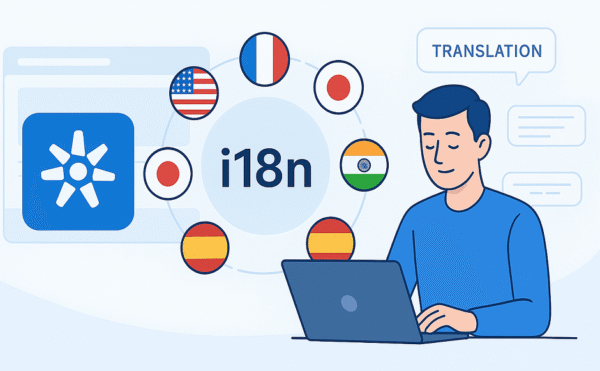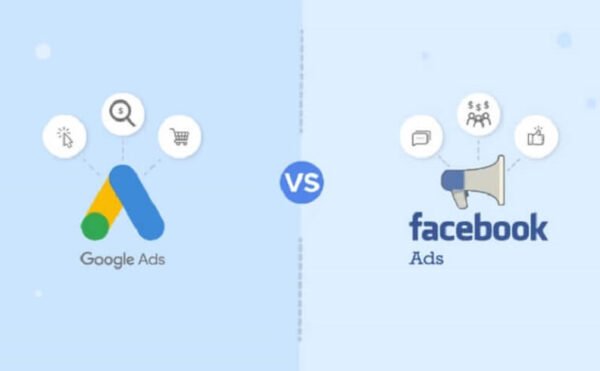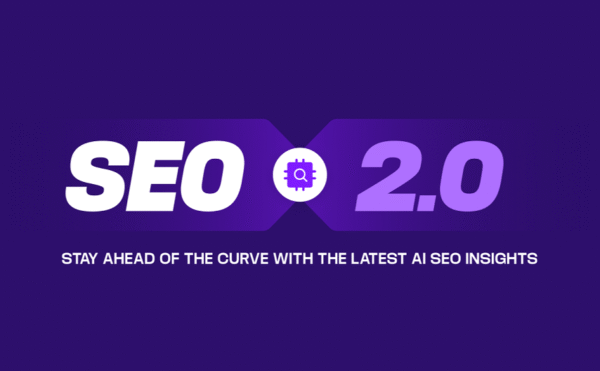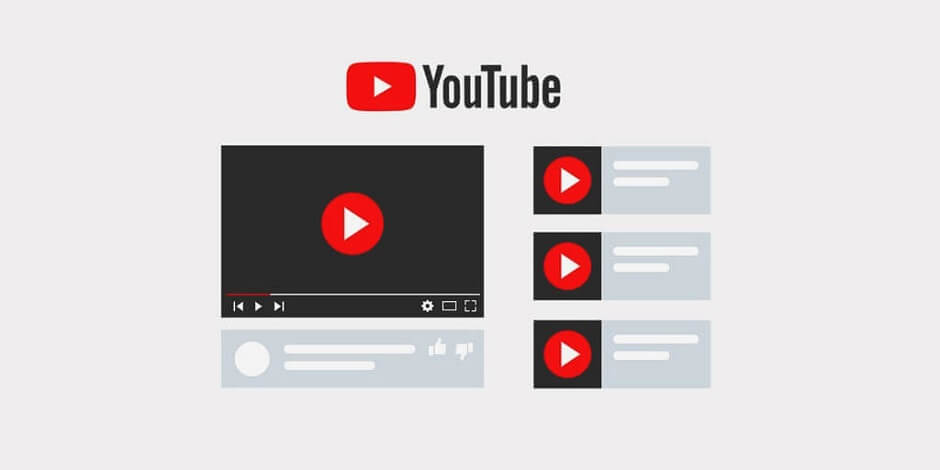
Deep Investigation: How YouTube/TikTok/Instagram Feeds Work
Why a feed exists in the first place
On screen, a feed’s job is simple: show you the next “right” video. Behind that simplicity sits a decision factory where machines and people haggle nonstop: retention versus fatigue, familiar versus new, monetization versus trust. A feed isn’t “one algorithm” but an assembly of models, rules, and product compromises. All of it orbits time — minutes inside a video, length of a session, time until your next return. Where we see “magic,” engineers see uncertainty management and a constantly evolving interest profile.
How a feed decides: an engineer’s view without equations
Strip away buzzwords and the conveyor looks like this. First, the system amasses a broad pool of candidates — anything that might appeal to “someone like you.” It uses behavioral traces (what you finish, save, revisit), content traits (topic, language, length, audio, tags), and the structure of ties between creators and audiences. This phase doesn’t seek “the best”; it tries not to miss promise.
Next, heavier models score each candidate: will you open it, how long will you stay, will there be a negative reaction, will you come back tomorrow? It’s not one big net but a cascade — fast models do coarse cuts, deep ones rank the finalists. Then the algorithm becomes product: caps on author repetition, topic diversity, safe adjacency, plus reserved slots for system promos and ads. At this point the feed must behave like a courteous editor, not a metric-hungry predator.
Watch time and retention: two faces of the same clock
Time is currency. Watch time is minutes gifted to a video; retention is how far you get relative to length. Ideally the feed wants both. More than that, it wants you to return. A video that eats thirty minutes but leaves you burnt out tomorrow fares worse than one that holds you for ten and brings you back, softly, again and again. Hence the fine tuning: not all long videos are useful, not all short ones are shallow. What matters is contribution to a durable habit.
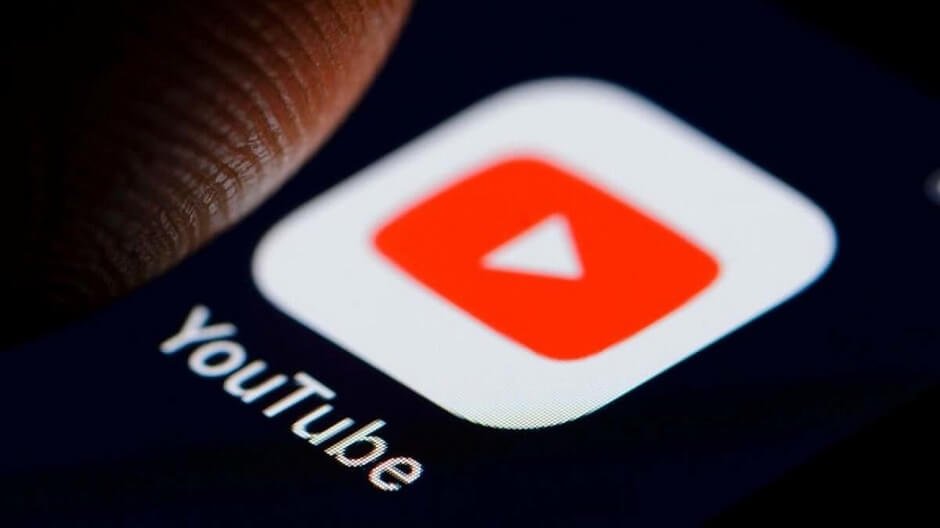
Exploration versus exploitation: why an “ideal” feed must miss
Every recommender lives with the same tension. Exploitation serves what will almost surely work now. Exploration tests the new so the system knows you better tomorrow. Do only the first and the feed narrows into a boring corridor; only the second and you’re gone. In practice platforms alternate in batches: several safe “hits,” then experimental inserts, sometimes system promos and advertising. That’s the recognizable rhythm — it feels like “every 10–15 videos” a bull’s-eye returns.
It isn’t an official rule but a composite effect: 1) guardrails against sameness (no ten videos from one creator in a row), 2) exploration slots clustered where the risk of losing you is lower, 3) ad stitching that tries not to break the flow yet creates its own waves. Together they yield the sensation that after a patch of oddities, “something very me” lands again.
Why “noise” is not a bug but the price of growth
Misses annoy, but they’re how models discover unexpected interests. Without noise, your profile ossifies into an echo chamber: one night of Japanese cooking turns into an ocean of sushi. The feed keeps uncertainty on purpose: maybe Korean fermentation, maybe Indian street food — not to “force ads,” but to test a hypothesis. If it holds (retention, returns), tomorrow’s noise becomes a hit. If not, the trial dies; the lesson stays.
Cold start and the “they got me instantly” effect
New users are expensive. Early on, the feed is bold: it mixes universal regional/linguistic hits with heavy exploration. A couple of early wins and the return odds soar. Hence the feeling of being “known.” In reality the platform lays a cushion of broadly pleasing themes and listens hard to first moves — completion, similar opens, a quick return. Profiles swell fast at the start, then stabilize and play it safe once you’re valuable.
Advertising as a parallel layer
Ads aren’t bolted on; they’re woven in. There’s an auction where bid meets quality, pacing that stretches budgets over time, frequency capping to avoid burnout, and brand-safety rules. All of it overlays your personal dynamics — where you won’t swipe away, where you’ll tolerate a spot, where an ad feels legitimate. Ideally, ad insertions act like breathing spaces. In reality, ideals are rare: an “ad bump” can create the wave after which “something very me” appears again.

The psychology of stickiness meets mathematics
No model persuades without human psychology. Infinite scroll removes natural stop signs. Variable reinforcement — the occasional jackpot — turns swiping into a lottery. Social markers — counters, hearts, quick shares — offer light validation. The algorithm tunes to these pleasure loops: react once and it tries to hasten the next small triumph. That’s how the habit forms — staying when you should sleep, coming back “for five minutes.”
Can we “see” the algorithm with the naked eye?
Try a thought experiment. Suppose the feed has ten slots in a screen cycle: six safe bets, two explorations, one system/ friend promo, one ad. We don’t know the exact coefficients, but the idea is clear: blocks, not white noise. Blocks are felt as rhythm, fueling the folk theorem of the “every 10–15 videos” bull’s-eye. Mathematically it’s alternating zones of predictability and uncertainty, accented by inserts you can’t move without business pain.
Why explainability helps — and can harm
Platforms increasingly show “Why you’re seeing this”: “similar to what you watch,” “popular among people you follow.” Trust rises, but so does the chance of gaming. Too precise a map becomes a how-to cheat sheet. Transparency is thus bounded: principles rather than thresholds.
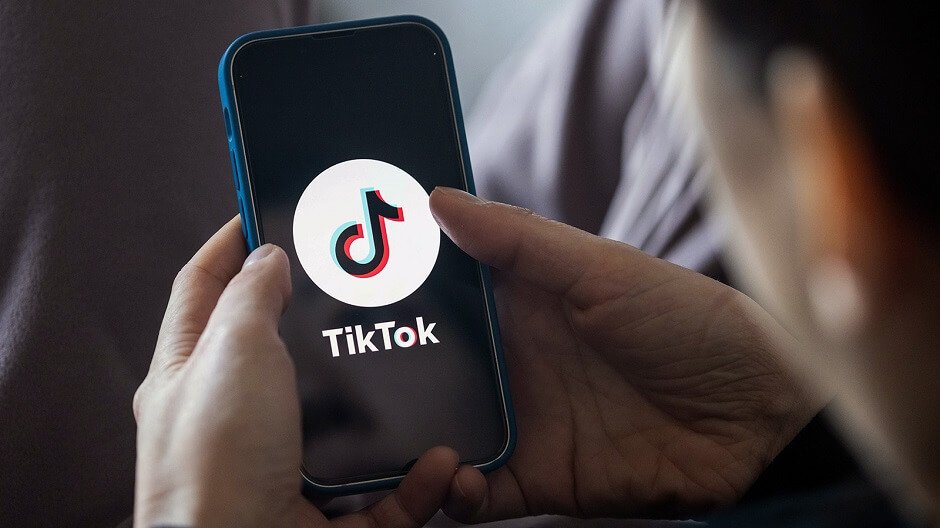
Dependence isn’t only the algorithm
An uncomfortable truth: habit doesn’t arise in a vacuum. The algorithm amplifies what we’re willing to feed — easy wins, fear of silence, procrastination. Blaming the feed alone is tempting and incomplete. It lays out the path of least resistance; we choose to walk it. Healthy practices are dull and thus non-viral: decide on screen time, tap “not interested” deliberately, leave on an alarm, don’t turn the bed into a cinema. The algorithm learns from what we watch and from what we let pass.
What remains hidden — and why that’s fine
We don’t see internal weights, exploration quotas, or the “brakes” for safety and diversity. Yet we can grasp the principles. Like a well-designed city: you don’t know the pipes, but you feel the logic of streets, junctions, lights. A feed is the city of your attention — arterial roads of safe hits, side streets of experiments, advertising billboards you’re better off acknowledging than denying.
Conclusions without a lecture
A feed is a system of compromises where engineering, psychology, and economics share one aim: hold you long enough that the experience feels valuable and you return. The “hit every 10–15 videos” is neither conspiracy nor superstition but an emergent rhythm from exploratory inserts, enforced diversity, and ad planning. Watch time and retention guide, but the master map is you — a profile redrawn by tiny gestures. Misses help; without them the feed stops learning. Explainability helps — until it becomes a cheat manual. And dependence is co-produced: the algorithm knows how to tempt; only humans know how to stop.
Want to do something great? Let us help you.
Related Articles
In recent years, web development has undergone rapid changes. To stay ahead of the competition and effectively grow an online business, it’s essential to pay attention to the latest trends…
1) AOV isn’t the goal — it’s a by-product Average order value is tempting, but it’s only a shadow of what matters: gross profit per session. Any tactic that lifts…
The big picture: what “entering Europe and the UK” really means Localization isn’t “translate the site.” It’s aligning four independent systems: language, currency, tax, shipping. Language explains value; currency makes…
We tend to picture an “auction” as a split-second bid shoot-out. In reality it’s a chain of decisions: who’s even allowed in, how the platform spreads your budget over time,…
Fraud prevention in e-commerce isn’t a wall — it’s a thermostat. You constantly trade off two risks: letting a bad transaction through and losing a good one. Any added “hardness”…
SEO is growing up: from keywords and “one page per phrase” to entity graphs, programmatic landing generation, and deliberate internal linking. This practical map shows how to think in clusters,…
Any questions?




